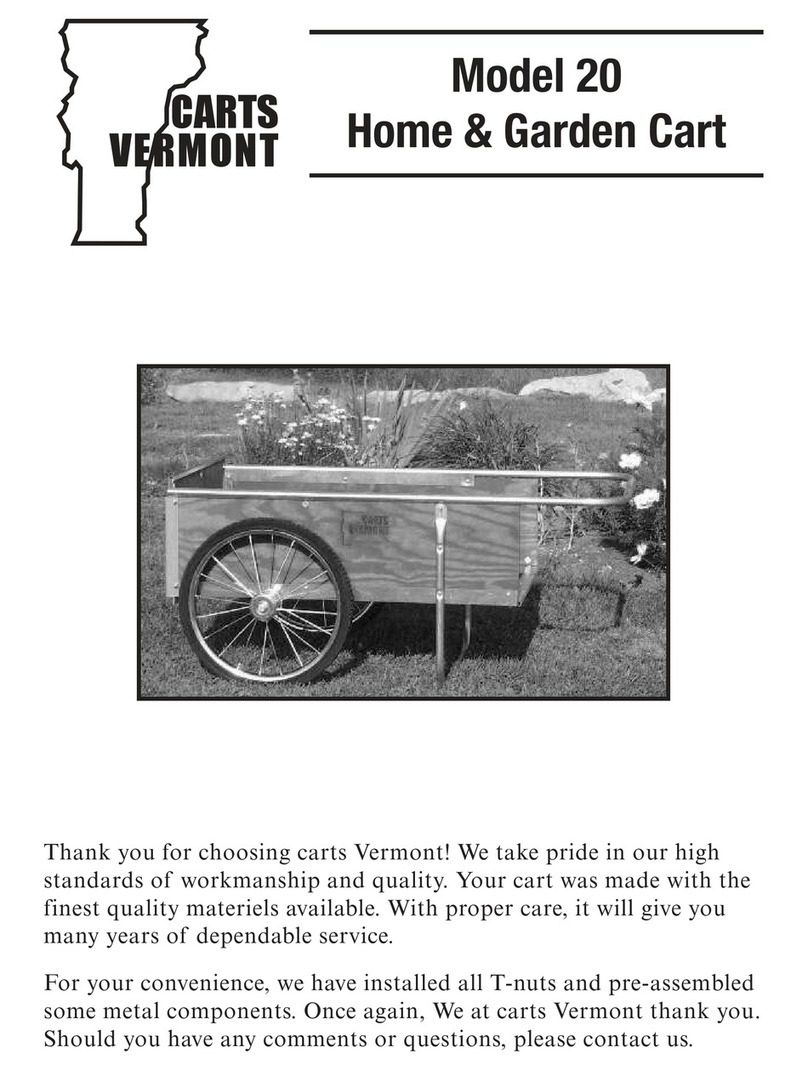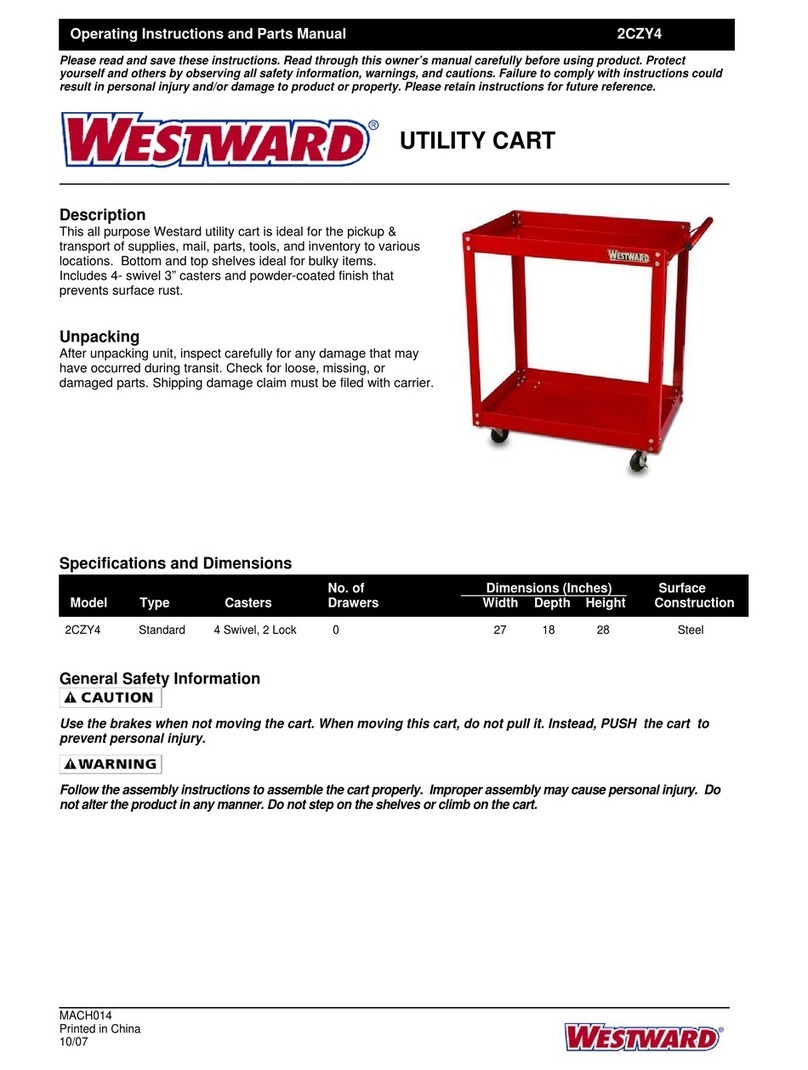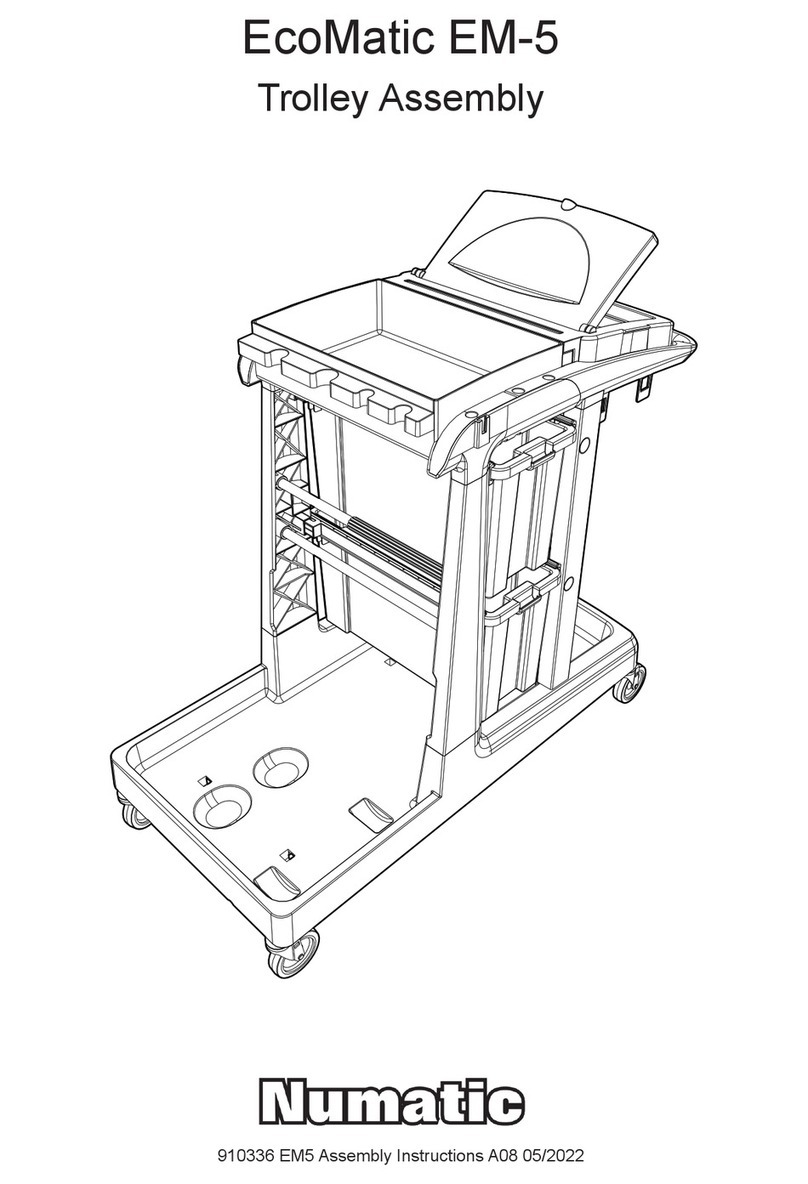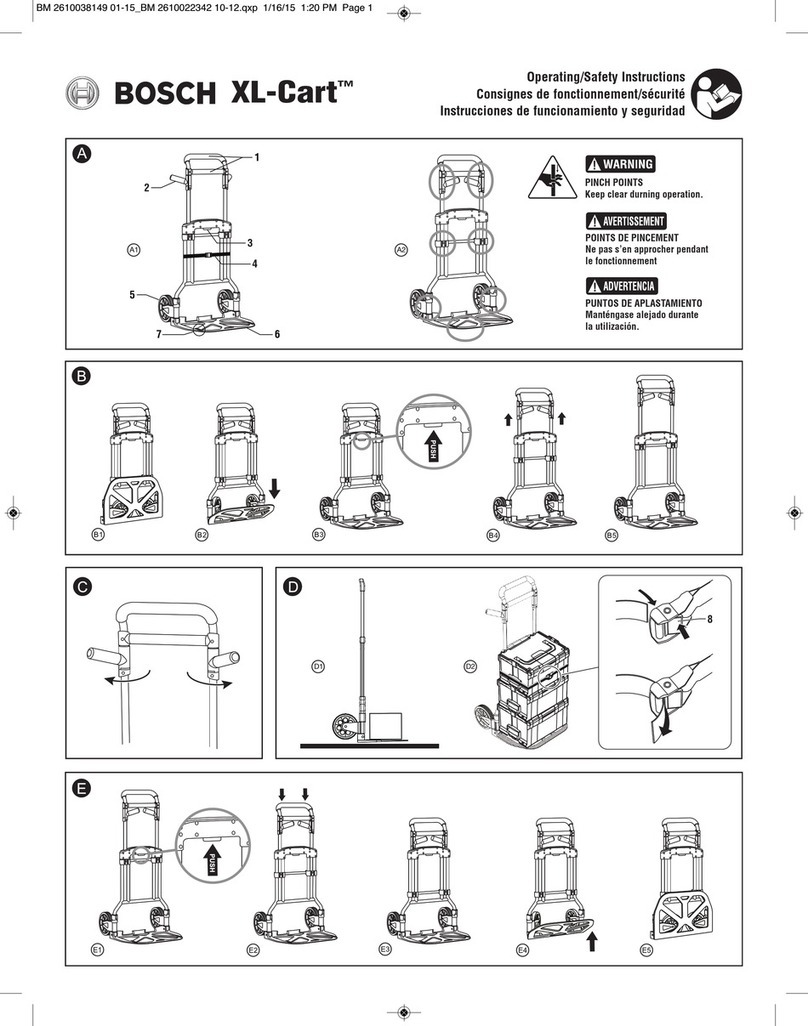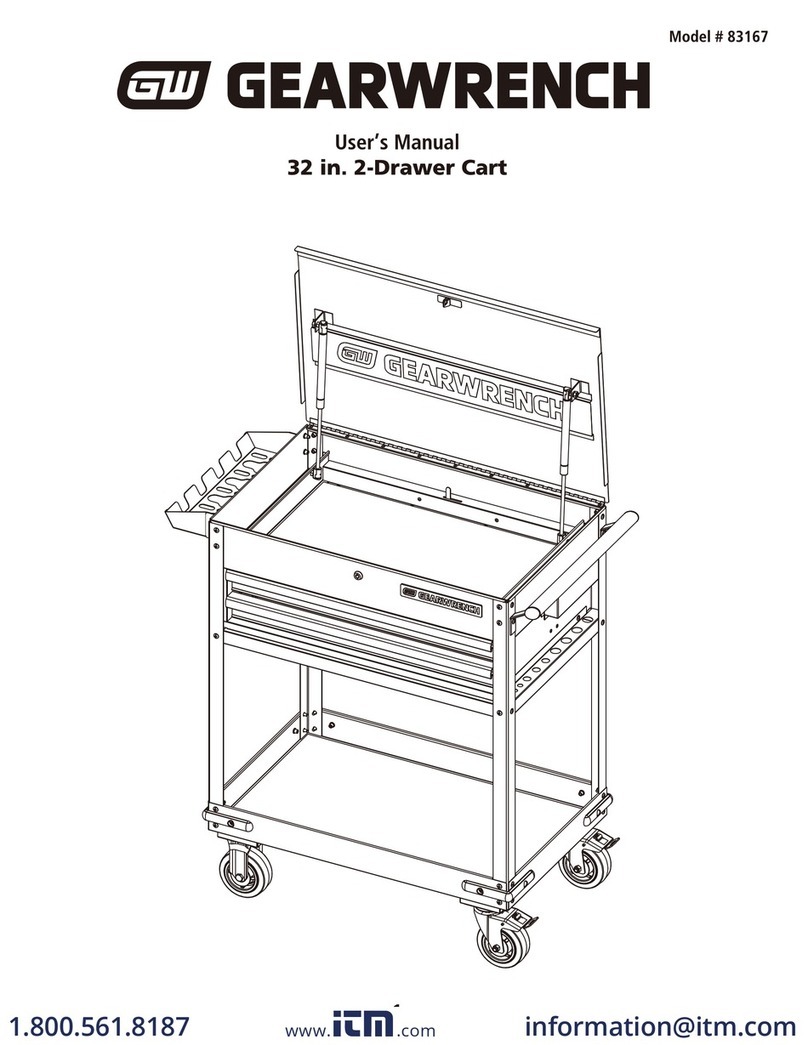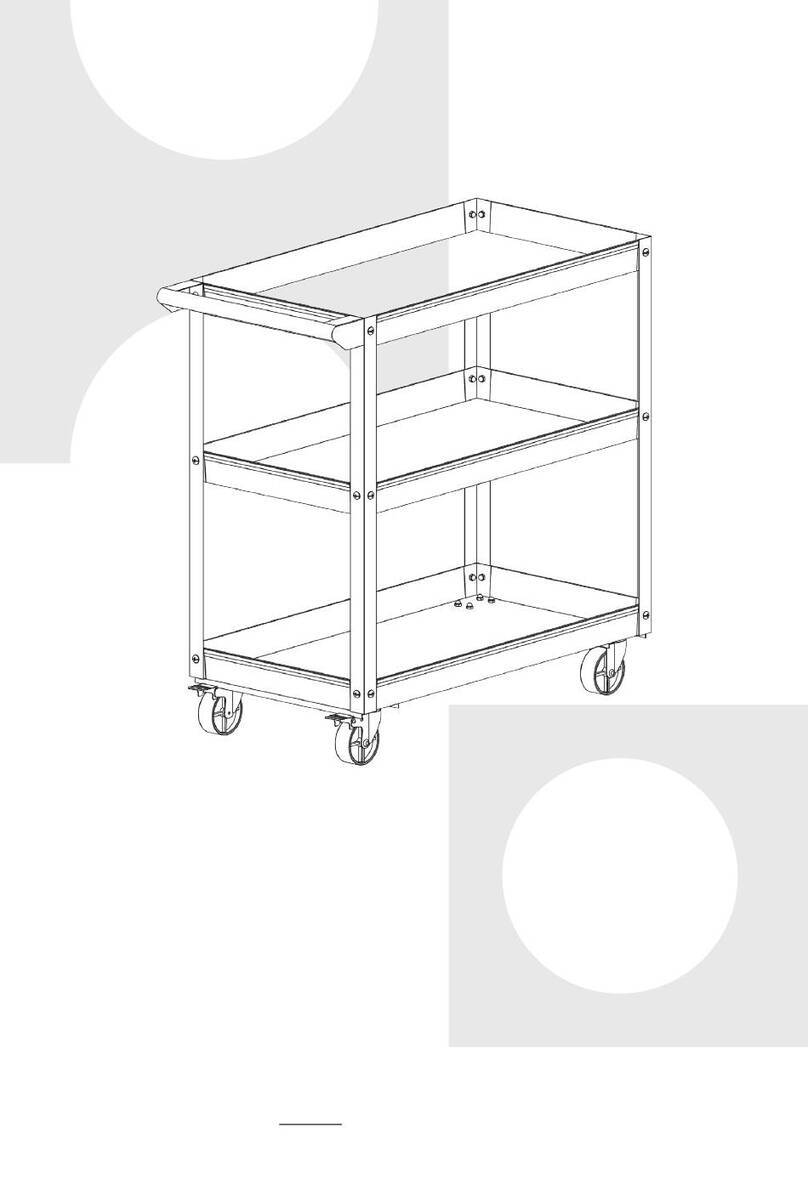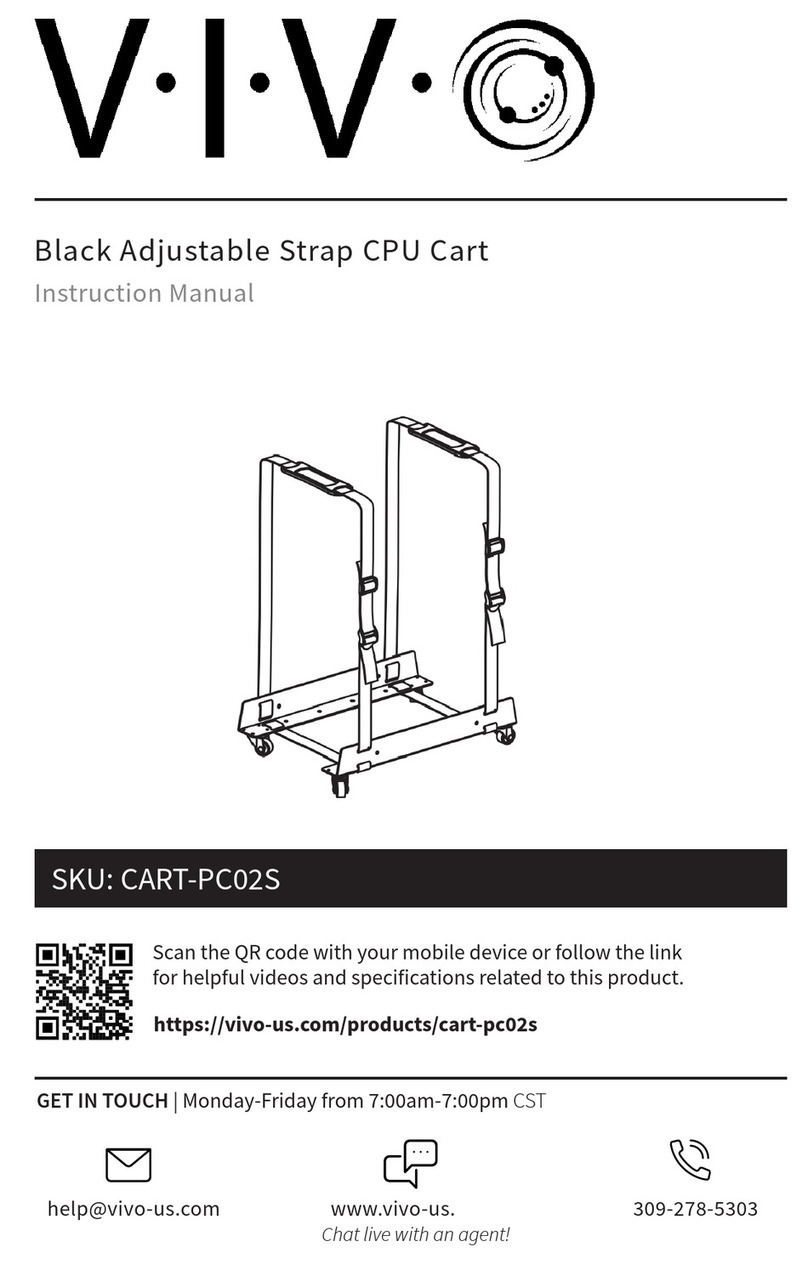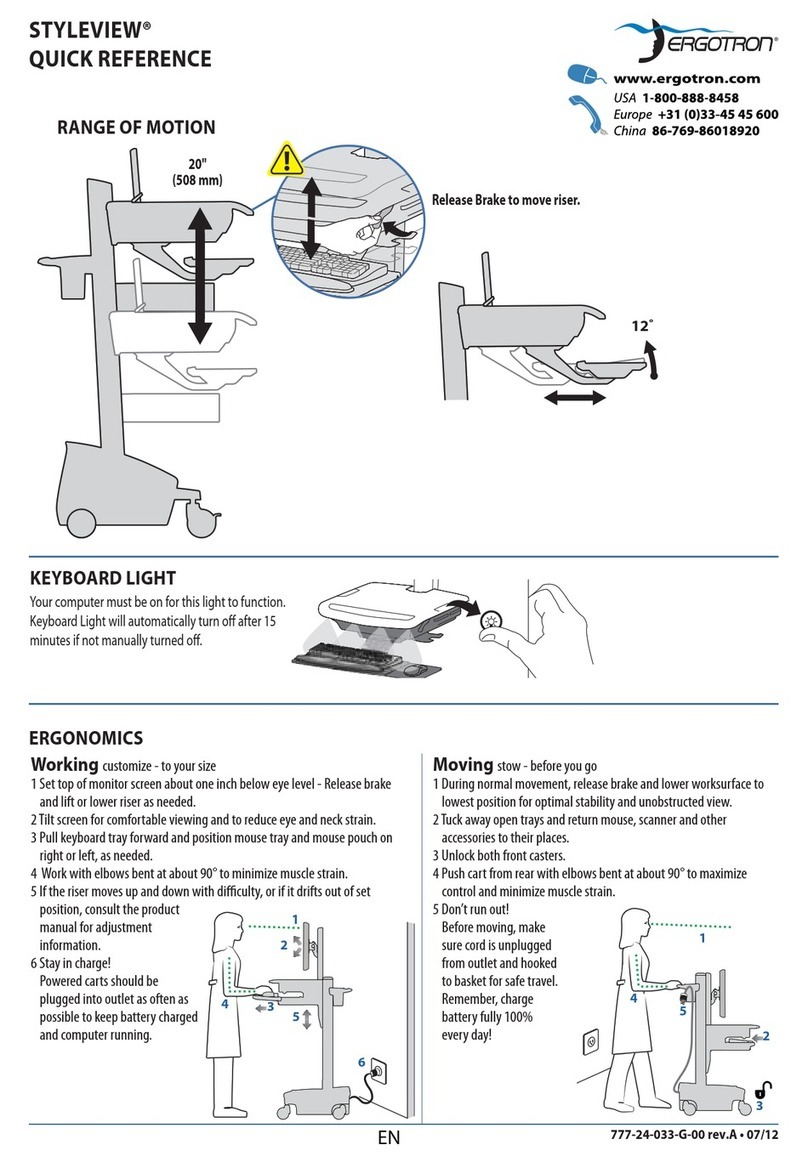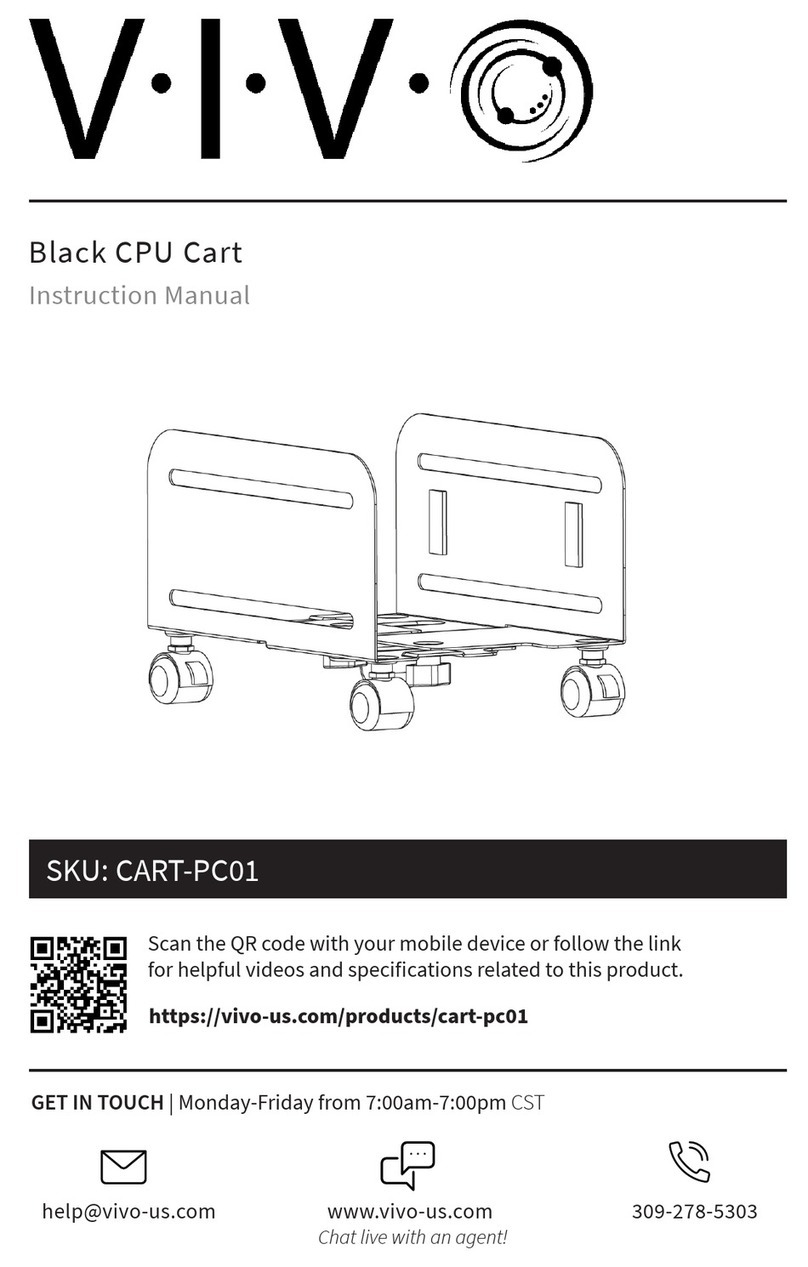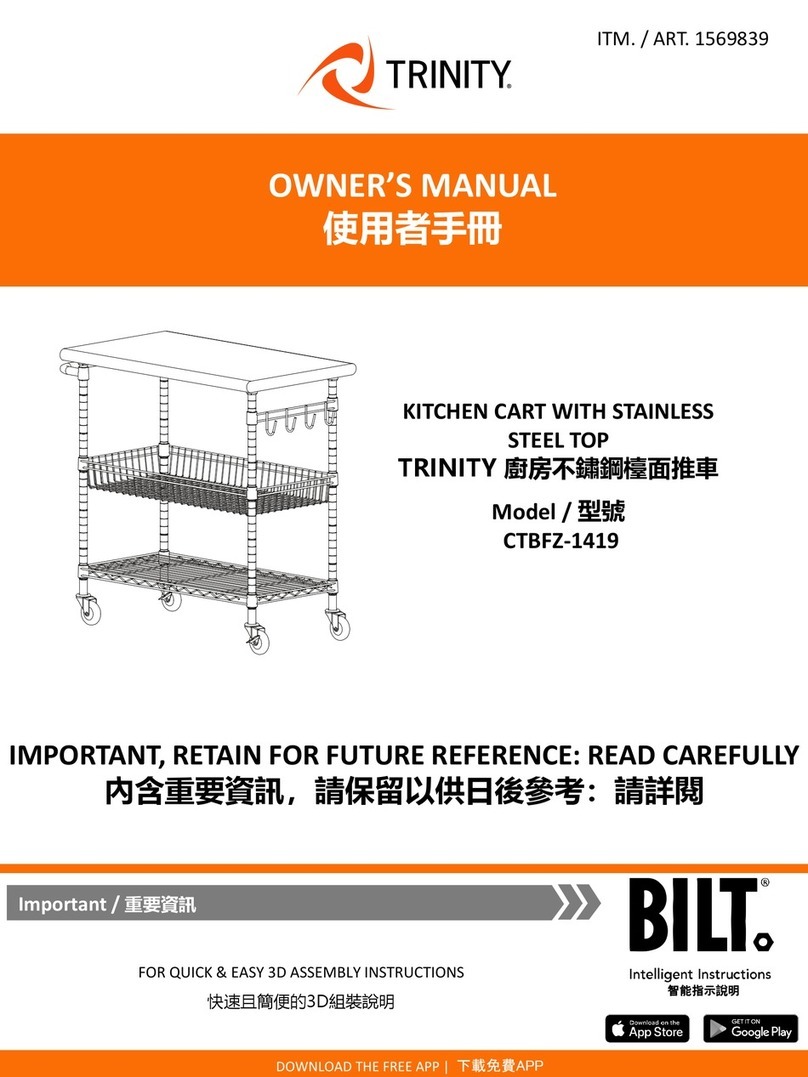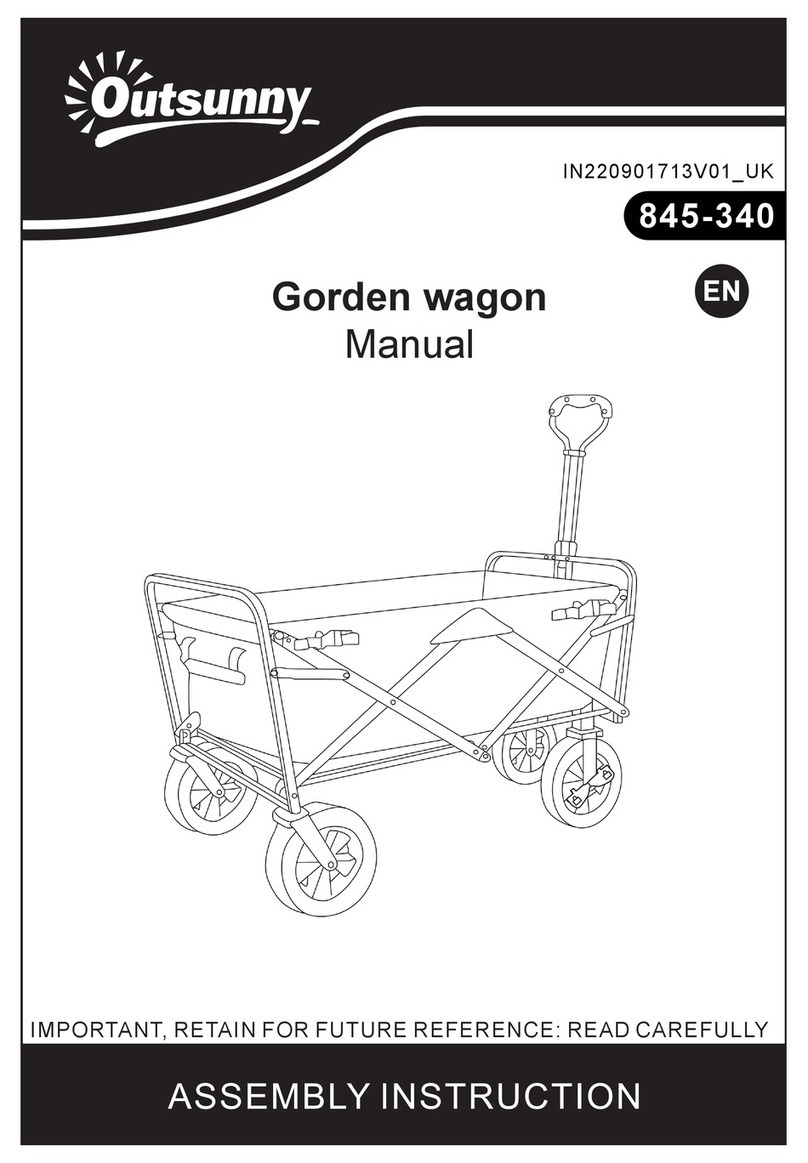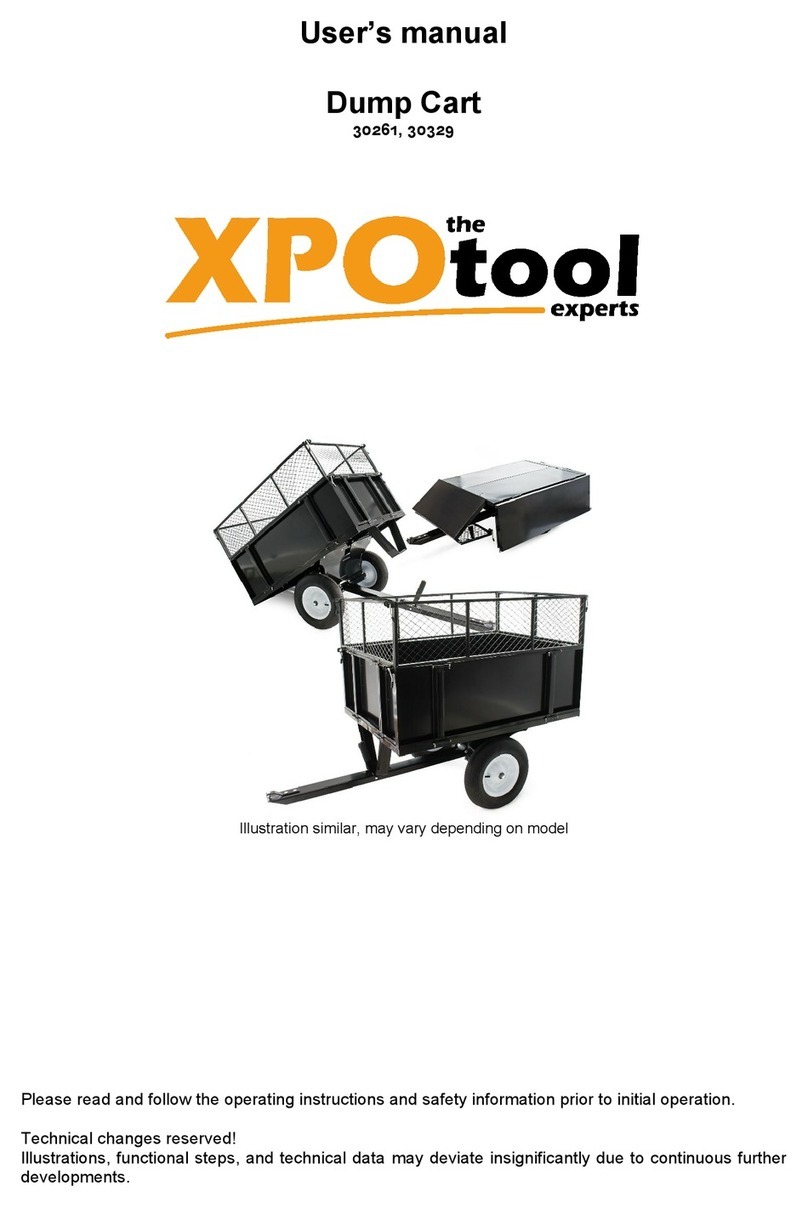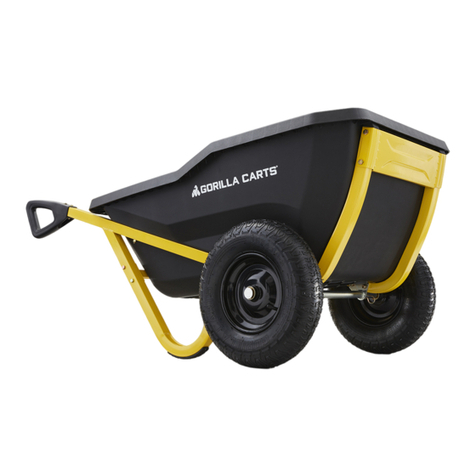
LABORIE AQUARIUS XT/CT/LT/CTS Service Manual LBL-000233 [B] iii
CONTENTS
About this Manual ...............................................................................................................................................7
Symbols ..........................................................................................................................................................................................7
Abbreviations .................................................................................................................................................................................7
1Introduction................................................................................................................................................7
1.1Manual Notes .......................................................................................................................................................................7
2Technical Specifications.............................................................................................................................8
2.1Equipment Specifications ...................................................................................................................................................8
Classifications ...........................................................................................................................................................................9
Type BF Applied Parts...........................................................................................................................................................10
2.2System Equipment Parts List.............................................................................................................................................10
2.3Equipment Setup ...............................................................................................................................................................14
2.3.1Cart Setup ..............................................................................................................................................................14
2.4UPP Puller (optional) ..........................................................................................................................................................16
2.4.1Assemble the Puller Stand (Optional) .................................................................................................................16
2.4.2Arm and Stand.......................................................................................................................................................17
2.4.3Nose and Motor Body ..........................................................................................................................................17
2.5Urocap™ V and Spinning Disk Flow Transducer Setup .................................................................................................18
2.5.1Uroflow Transducer ...............................................................................................................................................18
2.6Infusion Volume Transducer (optional) ............................................................................................................................18
2.7Pump Setup ........................................................................................................................................................................19
2.8Roam™ DX Setup for Pressure and EMG .......................................................................................................................19
2.9Consumables and Transducer Setup...............................................................................................................................20
2.9.1Pressure Transducer Setup for Fluid-based Consumables ...............................................................................20
2.9.2Fluid-Filled Pressure Transducer Connections - Priming ..................................................................................20
2.9.3Catheter Setup ......................................................................................................................................................21
2.9.4Fluid-Filled Catheter Setup ..................................................................................................................................21
2.9.5T-DOC Air-Charged Catheter Setup...................................................................................................................23
2.9.6EMG Setup.............................................................................................................................................................23
3Equipment Status and Light Signals .......................................................................................................24
3.1Pump Hub...........................................................................................................................................................................24
3.2ROAM™ DX .......................................................................................................................................................................25
3.3Urocap™ V..........................................................................................................................................................................26
3.4UPP ......................................................................................................................................................................................27
4Calibration................................................................................................................................................28
4.1How to Calibrate Flow and Volume .................................................................................................................................28
4.1.1Calibrate Flow and Volume with the Urocap™ V...............................................................................................28
4.1.2Calibrate Flow and Volume with the Spinning Disk Flow Transducer..............................................................29
4.2How to Calibrate the Pressure and The EMG .................................................................................................................30
4.2.1Calibrate Pressure .................................................................................................................................................30
4.2.2Calibrate EMG .......................................................................................................................................................31
4.3How to Calibrate the Pump ..............................................................................................................................................31
4.4How to Calibrate the Infusion Transducer.......................................................................................................................34
4.5How to Calibrate the UPP Puller.......................................................................................................................................35
4.6System Status Messages ...................................................................................................................................................36
4.6.1Messages on the Computer Software.................................................................................................................36
4.6.2Messages on the CHC Touchscreen ...................................................................................................................36
5Cleaning and Preventive Maintenance ...................................................................................................37
5.1General Cleaning and Preventive Maintenance .............................................................................................................37
5.2Caring for the Roam™ DX ................................................................................................................................................37
5.3Caring for the Urocap V Uroflowmeter ............................................................................................................................37
